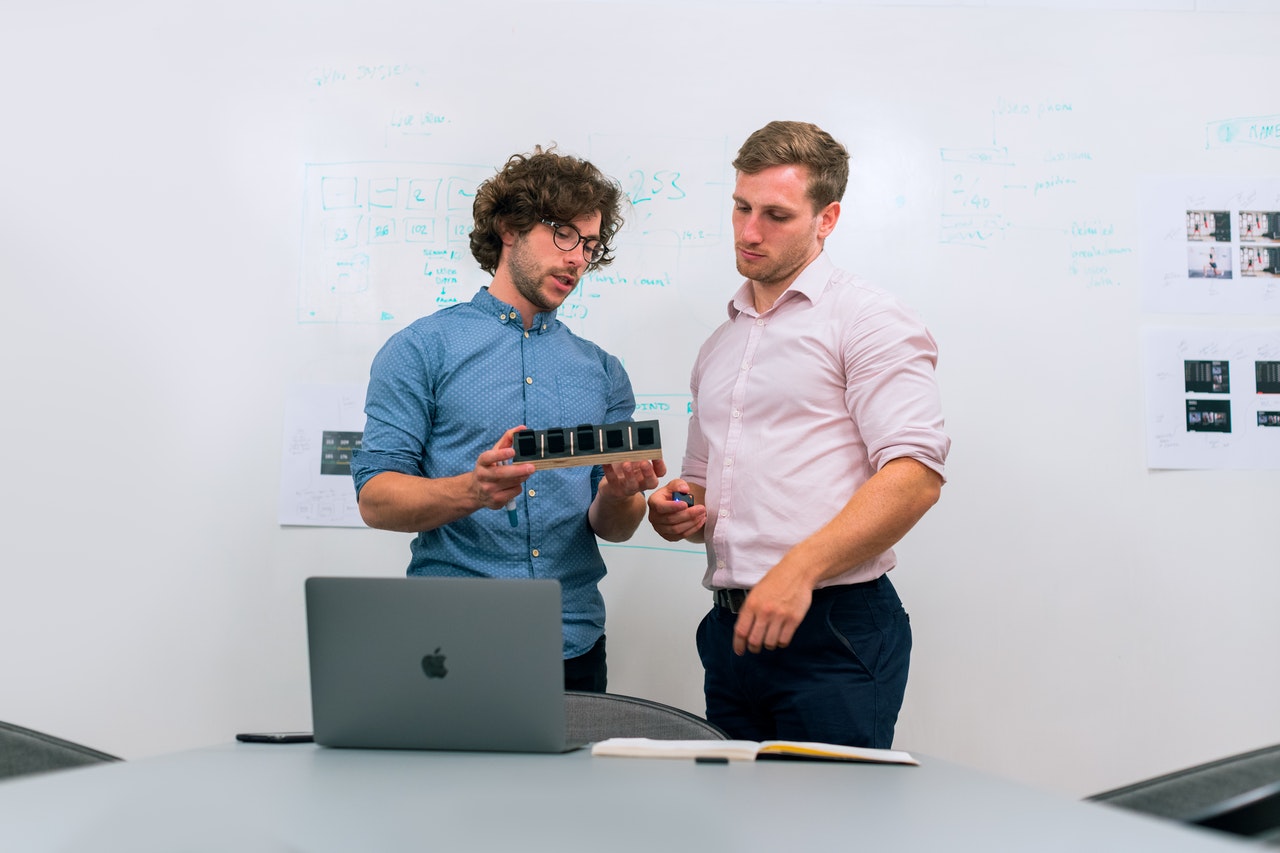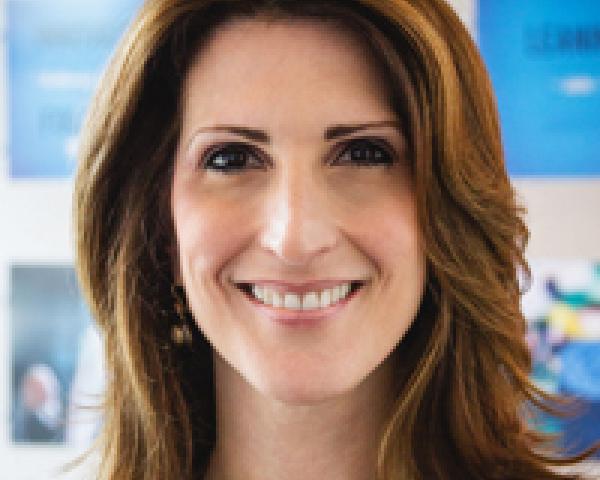Skillsets for innovation may be missing: The insurance industry generally does not know how to prototype or pilot.
After several years of working with executives in large corporations to help them innovate, I have seen a distinction emerge that has really helped some teams get on the same page: innovative thinking vs. innovation.
These might sound the same, but they are not. Both are very important for companies to remain relevant and successful for years into the future. However, one is pointed inward, and the other is pointed outward.
See also: Insurance Innovation: No Longer Oxymoron
Innovative thinking means your teams are applying the principles of creativity, collaboration, problem-solving, risk-taking and customer focus to the business problems of today, including your current products, services and operating models. Some great applications of innovative thinking fall under the headers of improving customer experience; moving the needle on key business metrics such as sales, market share, retention or expense ratios; or even improving field satisfaction. These are important, daily challenges that deserve innovative thinking to come up with new ways to solve them, perhaps working within certain constraints. Constraints actually help drive innovative thinking vs. curtailing it.
Many companies today have problems with innovative thinking because the organizations are not skilled in creative problem-solving; they don’t collaborate well; and they don’t know how to take calculated risks. These problems are solvable through the proper skill training and by providing the right data to help make decisions about what to focus on first and how much effort and money can be spent to solve it.
Innovative thinking is an empowering competency for generating good business results. It also needs to be accompanied by innovation for long-term survival and relevance.
Innovation, on the other hand, takes those same skills and points them toward unmet consumer needs. These could be consumers or needs you are not serving today. Additionally (and ideally), they could be needs that are not being served by anyone. When we discover large, unmet needs in the marketplace, these are significant opportunities for growth. However, it is difficult because a capability needs to be built that does not exist yet.
We define innovation as the synchronized intersection between an unmet need, an idea that solves it and a great experience designed to bring it to market effectively. Innovation has all three of those elements correct. If one or more is incorrect, it is just an invention.
Innovation is even more difficult than innovative thinking because teams are dealing with unknowns in the market as well as unknowns in the business. With innovative thinking, at least some things are familiar. This is why large corporations have such trouble launching game-changing ideas.
See also: How to Turn ‘Inno-va-SHUN’ Into Innovation
The missing skillsets relative to innovation could be any of the same ones required for innovative thinking but also the skillsets of prototyping and effective piloting. These are skills the insurance industry generally does not have.
But the good news is that these, too, can be trained in or brought in by outside partners. Startups are good for that, and some companies have taken that approach. However, it is not enough to just outsource. Your teams need to learn some of these skills so that innovations can eventually be integrated into the core business.
When innovative thinking and innovation are confused, bad things happen.
This is how “innovation” becomes a bad word. If various leaders or team members don’t see this distinction, innovation teams struggle to get traction. For example, the team is looking to create the next big thing, while the CEO just wants more sales. We’ve seen over and over again how companies establish innovation teams or centers and then shut them down because the organization did not make this distinction clear enough.
If you are reading this and your team is struggling with gaining traction around innovation, this could be part of the problem. There are many ways to learn from mistakes of the past, and it takes a lot of wisdom and self-awareness not to repeat them.


